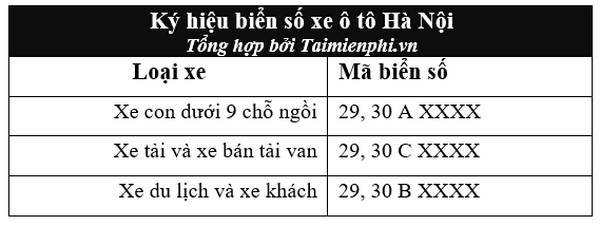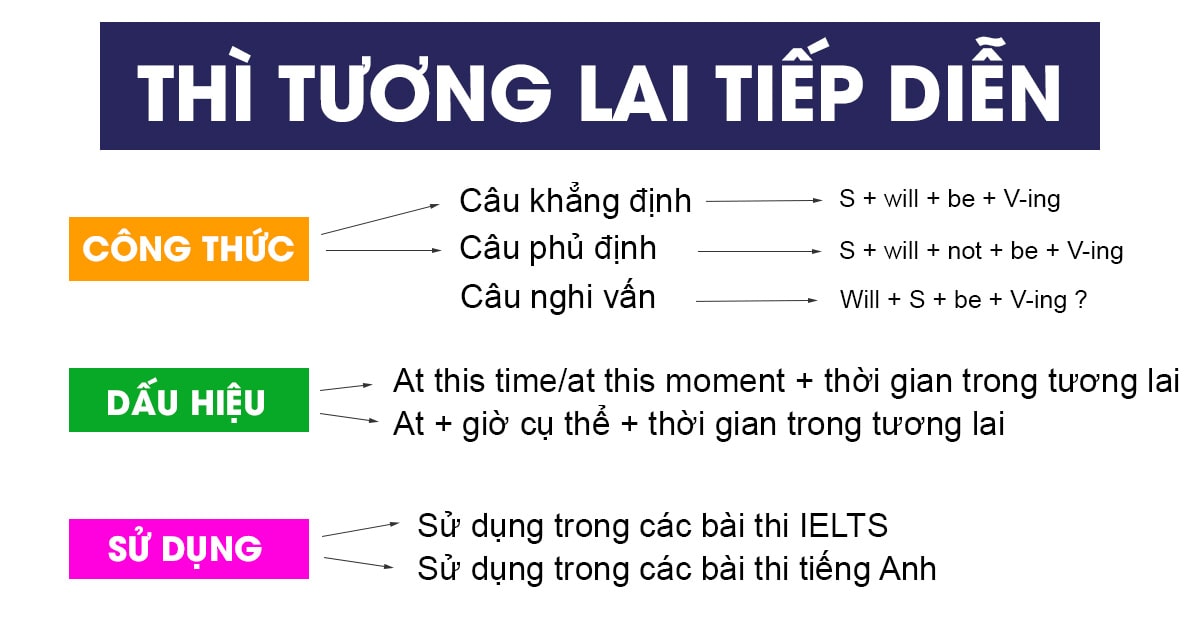Effects of phloroglucinol on the active phase of labour (EPAL trial): a single blinded randomised controlled trial in a tertiary hospital in sub-Sahara Africa
Discussion
In modern obstetrics, a drug that shortens the duration of labour without jeopardizing maternal and foetal outcomes is welcome both by the obstetrician and the woman. The cervix usually dilates at a rate of 1-2cm [13]. Phloroglucinol is thought to facilitate labour by reducing spasms and oedema of the cervix, harmonize shrinkage of the uterus, all these with no effects on uterine contractions. Since 1960 research indicated that phloroglucinol could be improve cervical dilatation especially in the active phase of labour [9].
In the EPAL trial, the authors investigated the effects of phloroglucinol, a spasmolytic, on labour. We found out that the mean total duration of labour (first, second and third stage combined) was about 3.6 hours in the phoroglucinol group compared to about 6 hours in the placebo group. The difference in the total duration of labour of about 2.4 hours was not statistically significant. This means that the delivery in women without Phloroglucinol was completed about 2.4 hours later compared to women with phloroglucinol. This is similar to studies done earlier on phloroglucinol by Tabussum et al. where they had 2 hours mean difference between the two groups [10]. Studies done on other spasmolytic such as hyoscine has a difference of about one hour in the total mean duration of labour [14]. Similarly, the duration of active phase labour was about 2.2 hours lower in the ploroglucinol group compared to the placebo group that is the mean duration of the active phase of labour was 42% shorter in the treatment group compared to the placebo. This was statistically significant with a p value of 0.046. This is equally similar to studies done on phloroglucinol as well as other spasmolytic [10,14]. The cervix dilated 0.8cm/hour faster in the phloroglucinol group compared to the placebo. This was however not statistically significant (p value = 0.322). This is similar to studies done in Cameroon by Fouedjio et al [11] where the rate of cervical dilatation was about 0.5cm/hour faster in the phloroglucinol group compared to the treatment group and to studies conducted in other developing countries where the rate was about 0.8cm/hour in favour of the phloroglucinol group [10]. This translates and confirms the assertion that labour is faster in parturient with phloroglucinol compared to those without phloroglucinol as the faster the rate of cervical dilatation, the faster the labour.
Xem thêm : Bật mí tuyệt chiêu cách làm rau muống luộc xanh mướt, không bị thâm đen
There was no statistical significant difference between the mean Apgar scores at the first and fifth minute. Similarly, no difference in adverse foetal outcomes like intrapartum foetal death and asphyxia. Though we registered one case of intrapartum foetal death in the phloroglucinol group and three cases of neonatal asphyxia (one in the phloroglucinol group and two in the placebo group), this was not statistically significant. This go to confirm that phloroglucinol has no effect on the foetus. This had earlier been confirmed by similar studies [10,11]. The main limitation of the present study was that we included only healthy singleton pregnancies and that the study was a single blinded and carried out in a single centre, the investigators/data collectors could be influenced by the fact that they were aware of the participants on phloroglucinol and those on placebo. However, our results can serve as reference and a pilot study for future large multicentre studies. We therefore recommend that larger multicentre randomised controlled trials be carried to ascertain the efficacy of this drug on the duration of labour.
Nguồn: https://duhochanquocchd.edu.vn
Danh mục: Khám Phá

/fptshop.com.vn/uploads/images/tin-tuc/179494/Originals/thanh-toan-cuoc-tra-sau-Viettel-7.jpg)
/fptshop.com.vn/uploads/images/tin-tuc/172854/Originals/etc-la-gi-5.jpg)














